Gaza civil defence reports return of 200,000 residents after truce begins
Rescue workers began retrieving bodies from vast stretches of debris after the ceasefire took effect
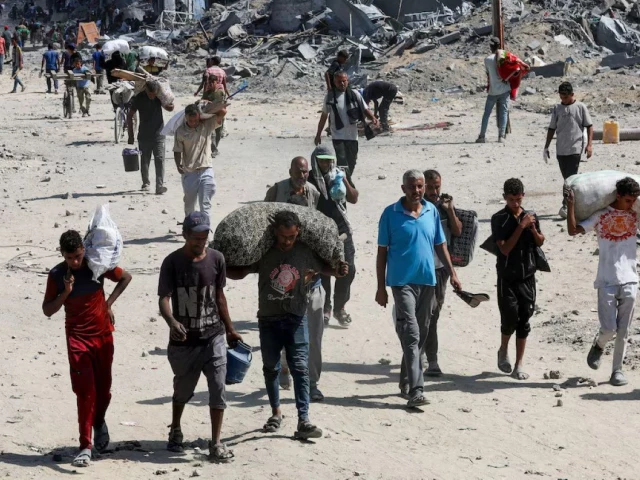
Gaza's civil defence agency said that approximately 200,000 people have returned to the north of the territory since a ceasefire took effect on Friday.
"Approximately 200,000 people returned to northern Gaza today," said Mahmud Bassal, spokesman for the agency, a rescue force operating under Hamas authority.
After two years of brutal war, the families of Israel's remaining hostages in the territory were also hoping the truce -- pushed by US President Donald Trump -- would hold.
The Israeli military said its troops had ceased fire at noon (0900 GMT) "in preparation for the ceasefire agreement and the return of hostages".
Read More: Fragile peace dawns over Gaza
Three hours later, the US Pentagon confirmed Israel had completed the first phase of a pullback laid out in Trump's peace plan. Israeli forces still hold around 53 percent of the Palestinian territory.
The withdrawal set the clock running on a 72-hour deadline for Hamas to release the remaining hostages held in Gaza.
Israel, meanwhile, published the list of the 250 Palestinian prisoners it plans to release -- along with 1,700 Gazans detained since Hamas triggered the latest conflict with its attack on Israel on October 7, 2023.
As the ceasefire began, long columns of Palestinians, exhausted by two years of intense bombardment and what the UN has warned were famine conditions, began a trek from the southern city of Khan Yunis towards their shattered homes further north.
Rescue workers began retrieving bodies from vast stretches of debris after the ceasefire took effect.
"Since the ceasefire came into effect in Gaza, 63 bodies have been recovered from the streets of Gaza City and taken to local hospitals," said Mahmud Bassal, spokesman for the civil defence agency.
The EU mission at the Rafah border between Gaza and Egypt will be reopening a pedestrian crossing on October 14, Italy said.

Israeli army soldiers gather near infantry-fighting vehicles (IFVs) at a position along the Israel-Gaza border fence on October 10, 2025. Gaza's civil defence agency said October 10 that Israeli forces have begun pulling back from parts of the territory, particularly in Gaza City and Khan Yunis. PHOTO: AFP
Under the ceasefire deal proposed by Trump, Hamas will hand over 47 remaining hostages -- living and dead -- from the 251 abducted during the October 7 attack two years ago.
The remains of one more hostage, held in Gaza since 2014, are also expected to be returned.
Leaders of Britain, France and Germany urged the UN Security Council to back the plan.
'Wounds and sorrow'
Gaza's civil defence agency confirmed that Israeli troops and armoured vehicles were pulling back from forward positions in both Gaza City and Khan Yunis.
But Israel warned some areas were still off-limits and that Palestinians should steer clear of its forces while they were "adjusting operational positions in the Gaza Strip".
Bassal, the civil defence spokesman, said that around 200,000 Palestinians had returned to the north since the ceasefire took effect.
"We're going back to our areas, full of wounds and sorrow, but we thank God for this situation," 32-year-old Ameer Abu Iyadeh told AFP in Khan Yunis.
"I just pray (my home) hasn't been destroyed... We only hope the war will end for good, so we'll never have to flee again," said Mohammed Mortaja, 39, as he headed to his home in Gaza City.
Before dawn on Friday, Israeli Prime Minister Benjamin Netanyahu's office said the government had approved a framework of the hostage-release deal.
"Citizens of Israel, two years ago, the Simhat Torah holiday became a day of national mourning," Netanyahu said, referring to a Jewish festival that begins at nightfall on Monday.
"This Simhat Torah, with God's help, will be a day of national joy, celebrating the return of all our brothers and sisters held hostage," he said.
The family of Alon Ohel, who is among the 20 living hostages due to be released, said they were "overwhelmed with emotion" and eagerly awaiting his return.
"With tears of joy, we received the news that an agreement has been reached," the family said.
Also Read: Hamas, Israel sign ceasefire deal, rekindling hopes for peace in Gaza
Joy and grief
Despite celebrations in Israel and Gaza and a flood of congratulatory messages from world leaders, many issues remain unresolved, including Hamas's disarmament and a proposed transitional authority for Gaza led by Trump.
Senior Hamas official Osama Hamdan told Qatar-based broadcaster Al Araby the Palestinian Islamist movement rejects the transitional authority.
Mohammed al-Mughayyir, an official from Gaza's civil defence agency, said the areas Israeli troops were withdrawing from were Tal al-Hawa and Al-Shati camps in Gaza City, both of which had seen intense Israeli air and ground operations in recent weeks, and parts of Khan Yunis.
Residents of several areas of the Gaza Strip also told AFP the Israeli military appeared to have withdrawn from positions it held on Thursday.
Areej Abu Saadaeh, 53, who was displaced early in the conflict, was heading home between smashed piles of rubble and twisted steel, under clouds of cement dust.
"I'm happy about the truce and peace, even though I'm a mother of a son and a daughter who were killed and I grieve for them deeply. Yet, the truce also brings joy: returning to our homes," she said.


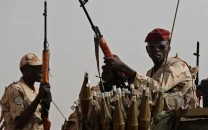
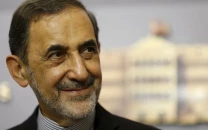






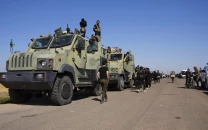



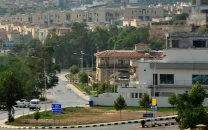








COMMENTS
Comments are moderated and generally will be posted if they are on-topic and not abusive.
For more information, please see our Comments FAQ